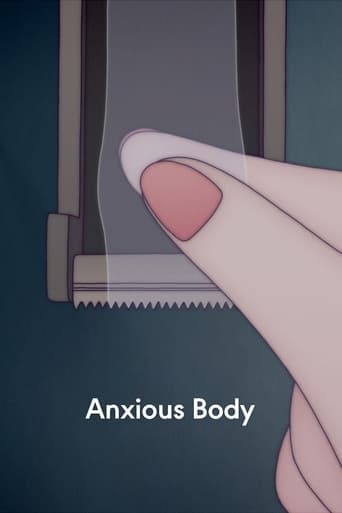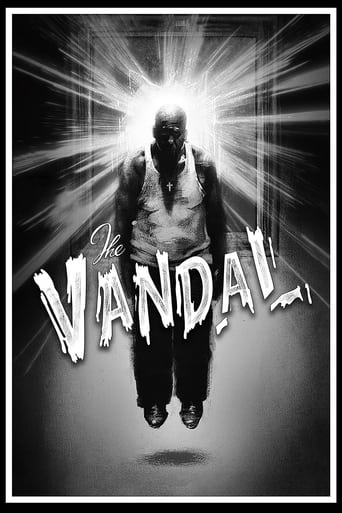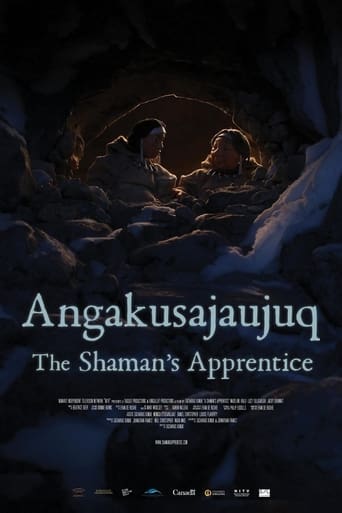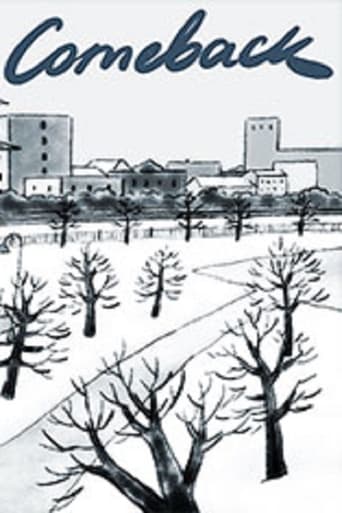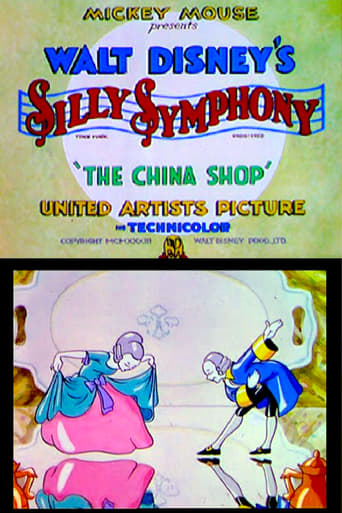
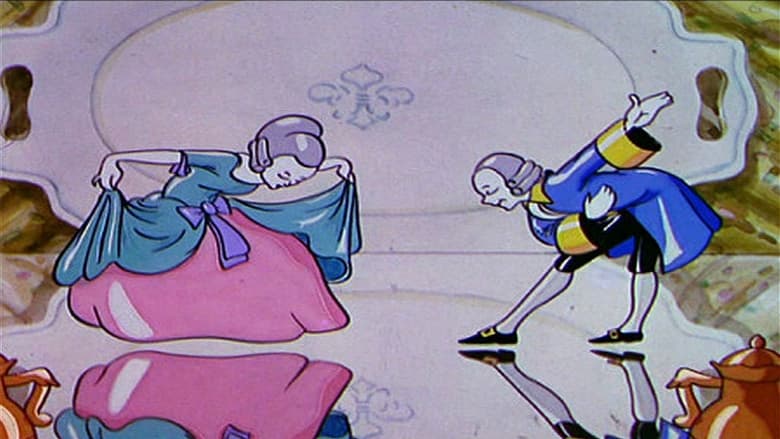
The China Shop (1934)
The elderly owner of a china shop leaves for the night, and the various figurines and decorated mugs come to life. A demonic figure captures an upper-class lady and does battle with her lord, damaging much of the shop. But the demon proves to have a glass jaw and, literally, a yellow streak, and the happy couple is soon reunited. No dialogue, but some signs are in English, particularly the final punch-line.
Watch Trailer
Cast


Similar titles
Reviews
Thanks for the memories!
what a terribly boring film. I'm sorry but this is absolutely not deserving of best picture and will be forgotten quickly. Entertaining and engaging cinema? No. Nothing performances with flat faces and mistaking silence for subtlety.
A clunky actioner with a handful of cool moments.
Through painfully honest and emotional moments, the movie becomes irresistibly relatable
This is an early color short in the Silly Symphonies series produced by the Disney studio. There will be spoilers ahead:Much of this will be familiar, at least in terms of plot-boy and girl are courting, a rival interferes and our hero ultimately triumphs through the adversity to once again win the girl.In this one, all but two of the characters are things made of china. Three monkeys, beer steins, cups and saucers and the like. There's the old man who owns the china shop and an animated wall clock. Everything else is china, including three figurines. The first two are a couple, who dance in one of the better sequences of the short. The third figurine is the bad gut, a green satyr who covets the female china figurine and grabs her.A fight, of course, is inevitable, though our hero must fight more or less alone, with the satyr throwing whatever it can grab while the more active figures scatter. Finally, our hero beats the satyr with some rather timely (sorry) help from the clock and the couple is reunited. When the proprietor returns in the morning, he takes the carnage in stride and gives the short a funny, happy ending.This short is available on the Disney Treasures More Silly Symphonies DVD set and both the set and this short are worth your time. Recommended.
This is just living proof that you can never grow too old to appreciate Disney for the pure art it is. The China Shop is enormously entertaining, and has everything you can ever ask for in a silly symphony. Brilliant Technicolour animation, a truly excellent music score and a very fun storyline. All the characters are great, the elderly owner, the two dancing antiques, the monkeys and the green (centaur-shaped) antagonistic satyr. Give yourself a treat from watching the China Shop, it is an unforgettable Disney gem, that not only brings back fond memories, but is so beautiful in story and presentation, you have to like it. 10/10 Bethany Cox
Many of the early Silly Symphonies were concerned with scenes of nature, but 'The China Shop (1934)' constitutes an interesting change. Directed by Wilfred Jackson, the film unfolds entirely in a china shop, whose ceramic inhabitants come to life the moment the elderly owner leaves for home. The idea of inanimate objects become animate when we're not looking has always been a popular one for audiences: literary characters emerged from their books in MGM's 'The Bookworm (1939),' and the tradition stretches all the way to Pixar's success with 'Toy Story (1995).' It's human nature to want to anthropomorphise machines and toys, to ascribe to them motivations and emotions, and here Disney takes advantage of this fantasy, paradoxically unfolding an epic romantic battle in the confines of a quiet china store. The end result is a pleasant and enjoyable musical cartoon, animated in brilliant Technicolor, with a plot fuelled by romantic tension, and a battle between hero and villain.As soon as the china shop's old proprietor sluggishly closes up for the night, the wide-eyed wall-clock gives the signal that the coast is clear. Every ceramic figure suddenly comes to life, and the dreary old store is quickly abuzz with festive cheer, and a handsome male dances romantically with his beautiful lady-friend. However, evil is afoot. A devilish, goat-legged satyr comes to life and crashes the party, locking up the beautiful woman in a glass cage to claim ownership over her. The male, of course, does not take kindly to his love being snatched away, and, though he gets battered and bruised along the way, challenges the satyr to an epic battle of strength and will. I don't need to tell you how the cartoon ends, but suffice to say that the china shop winds up a little worse for wear. Fortunately, in the film's humorous conclusion, the old shop-owner thinks up the surest solution to a busted-up china collection, proving that every disaster is simply a blessing in disguise.
A Walt Disney SILLY SYMPHONY Cartoon Short.When the old proprietor closes down THE CHINA SHOP for the evening, all the various plates, mugs & figurines come alive and start to frolic. Among these are the little china figures of a young lord & lady. Their romantic interlude is shattered, literally, by a jealous goat-legged satyr, who wants possession of the little lady. The resulting struggle between the young lord & his antagonist creates havoc about the shop.A pleasant, though unremarkable cartoon. Disney often used romantic tension to fuel his plots. Seldom, however, does his hero & heroine end up so battered & bruised as they do here.The SILLY SYMPHONIES, which Walt Disney produced for a ten year period beginning in 1929, are among the most interesting of series in the field of animation. Unlike the Mickey Mouse cartoons in which action was paramount, with the Symphonies the action was made to fit the music. There was little plot in the early Symphonies, which featured lively inanimate objects and anthropomorphic plants & animals, all moving frantically to the soundtrack. Gradually, however, the Symphonies became the school where Walt's animators learned to work with color and began to experiment with plot, characterization & photographic special effects. The pages of Fable & Fairy Tale, Myth & Mother Goose were all mined to provide story lines and even Hollywood's musicals & celebrities were effectively spoofed. It was from this rich soil that Disney's feature-length animation was to spring. In 1939, with SNOW WHITE successfully behind him and PINOCCHIO & FANTASIA on the near horizon, Walt phased out the SILLY SYMPHONIES; they had run their course & served their purpose.


